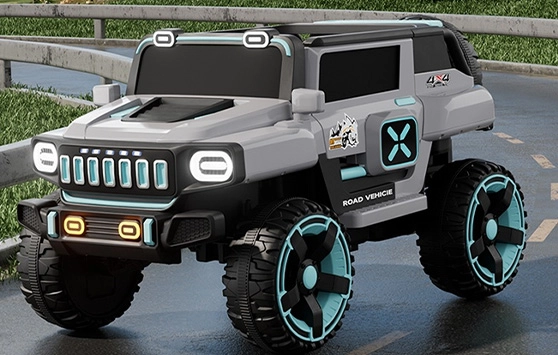mobility scooter 3 wheel vs 4 wheel
Mobility Scooters 3-Wheel vs. 4-Wheel
As mobility scooters continue to gain popularity among individuals with limited mobility, choosing the right model can be a critical decision. Two common configurations available in the market are 3-wheel and 4-wheel mobility scooters. Each offers unique advantages and disadvantages, making it essential to understand their characteristics before making a purchase.
Design and Maneuverability
One of the primary differences between 3-wheel and 4-wheel scooters is their design, which impacts their maneuverability.
3-Wheel Mobility Scooters Designed for efficient indoor use, 3-wheel scooters are compact and typically feature a tighter turning radius. This means they can easily navigate through narrow hallways, doorways, and crowded spaces. Their three-wheel configuration allows for a lighter frame, which can be easier to handle and transport. However, this compactness comes with a trade-off in stability.
4-Wheel Mobility Scooters On the other hand, 4-wheel scooters offer enhanced stability, especially on uneven or outdoor terrains. The addition of a fourth wheel provides greater balance, which is particularly beneficial for users who might be prone to tipping over. While they can sometimes be larger and less maneuverable in tight spaces, many modern 4-wheel models have been designed to be quite agile, providing users with a good balance between stability and maneuverability.
Speed and Performance
When it comes to speed and performance, both types manage to provide satisfactory experiences, but there are distinctions worth noting.
3-Wheel Mobility Scooters Often equipped with smaller motors, 3-wheel scooters may have lower top speeds compared to their 4-wheel counterparts. However, they excel in indoor environments where higher speeds are unnecessary. Their lightweight design allows for quicker acceleration and deceleration, making them ideal for short distances.
4-Wheel Mobility Scooters Typically built with more powerful motors, 4-wheel scooters can reach higher speeds and cover longer distances with ease. This makes them suitable for outdoor use and provides a more robust option for users who need to travel longer routes. They are often equipped with larger batteries, enabling longer travel times without the need for frequent recharging.
mobility scooter 3 wheel vs 4 wheel

Comfort and Storage
User comfort and storage options are vital in deciding which scooter suits an individual’s needs.
3-Wheel Mobility Scooters These models tend to feature ergonomic seats and often come with additional options for footrests. Their lighter weight can also make them easier to transport, allowing users to take them on trips or store them in smaller spaces. However, storage features tend to be limited, as the compact design prioritizes mobility over storage capacity.
4-Wheel Mobility Scooters With more substantial frames, 4-wheel scooters often provide additional comfort features, including larger, more adjustable seats and often more padding. Storage compartments are generally larger, which is excellent for users looking to carry personal items such as groceries or medication. Their robust construction also enables a smoother ride over bumpy terrain, making them suitable for various outdoor conditions.
Price Considerations
Cost is always a factor in choosing any mobility aid.
3-Wheel Mobility Scooters Generally, 3-wheel scooters are less expensive than their 4-wheel counterparts. Their simpler design and features usually lead to a lower price point, making them accessible for those on a budget.
4-Wheel Mobility Scooters While these models can be pricier, the additional stability, comfort, and performance they offer can justify the cost for many users. For individuals who require a scooter for outdoor use or longer trips, the investment in a 4-wheel scooter can be worthwhile.
Conclusion
Ultimately, the choice between a 3-wheel and a 4-wheel mobility scooter should be informed by the user's specific needs, lifestyle, and preferences. If maneuverability in tight spaces and indoor usage is a priority, a 3-wheel scooter may be ideal. Conversely, if stability, comfort during longer rides, and outdoor use are essential, a 4-wheel scooter would likely be the better option. Regardless of the choice, both types of mobility scooters offer the potential to enhance independence and improve quality of life for individuals with mobility challenges. Always consider test-driving both options and consulting with a mobility specialist to ensure that you make the most informed decision for your needs.
-
Children's Tricycle: Enlarged Seat, Sunshade & Safety Push BarNewsAug.31,2025
-
Sports Kids Bike: High Carbon Steel Argon Arc Welded Frame | Beautiful GiftNewsAug.30,2025
-
Ultimate 24V Children's Car: Power, Fun & Safety for KidsNewsAug.29,2025
-
Children's Electric Car Ride Ons: 2-Seater, Bumper & Audi ModelsNewsAug.28,2025
-
Understanding Voltage in Battery for Children's Motorized CarNewsJun.05,2025
-
Safety Features to Look for in an Electric Car for KidsNewsJun.05,2025
